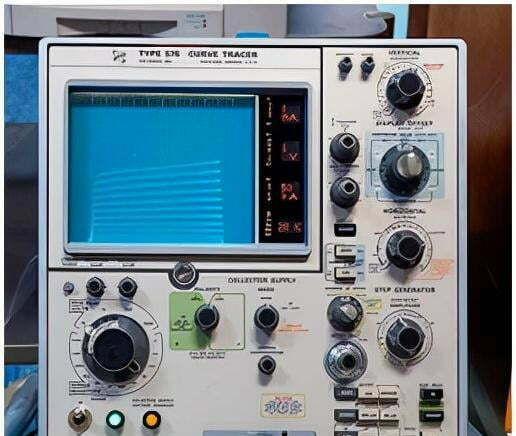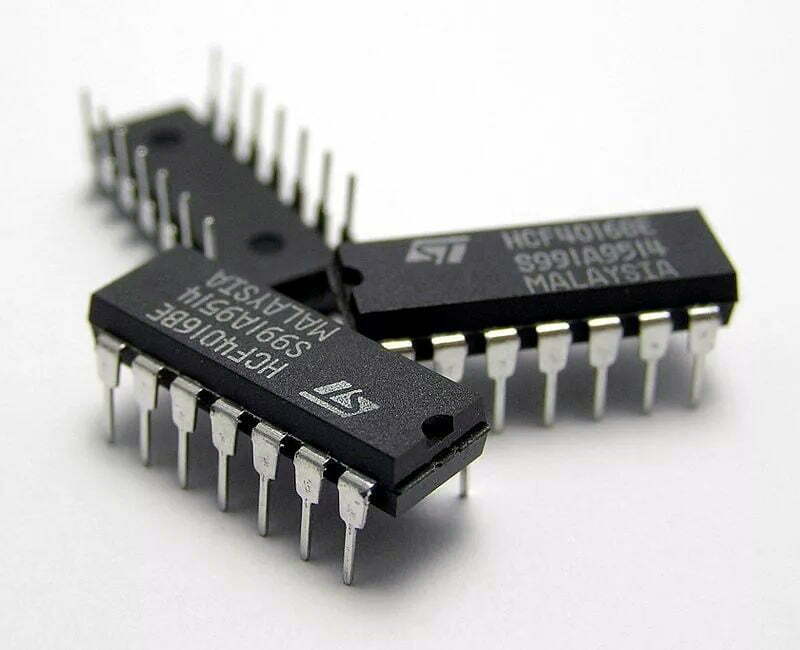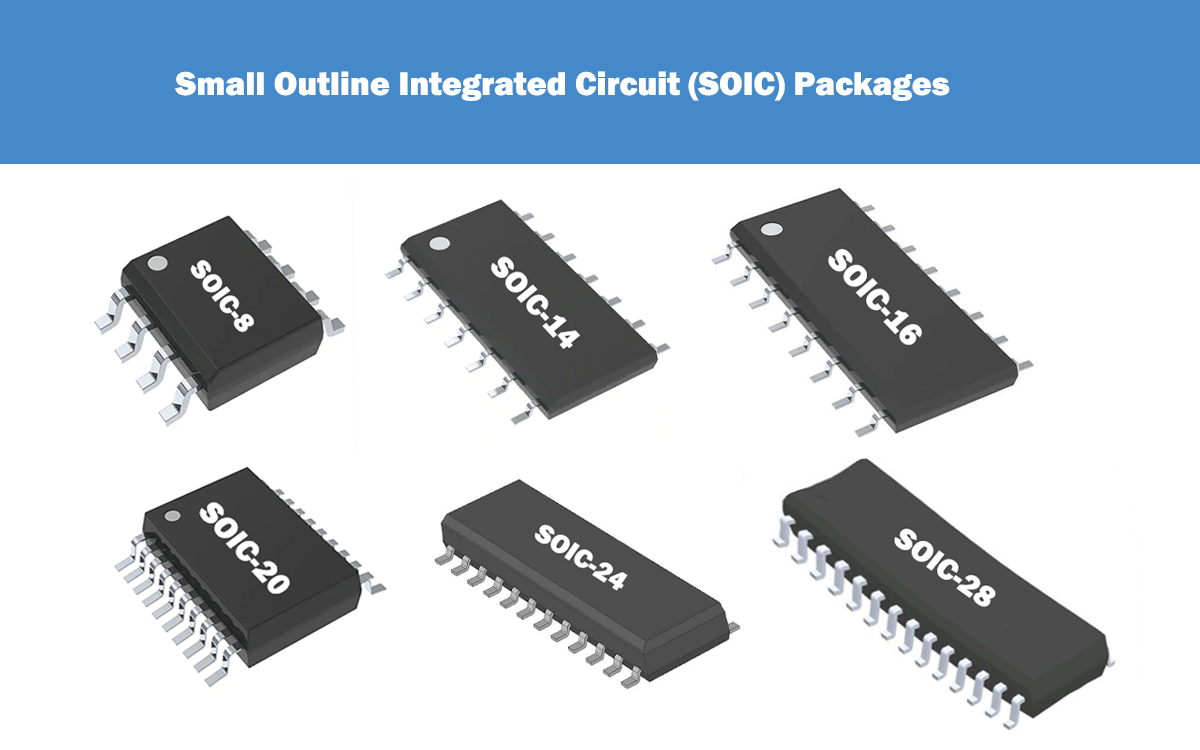What is the Curve Tracer Testing?
The curve tracer testing is a diagnostic tool used to measure the electrical performance of an electrical system. It measures inductance, resistance, and capacitance by measuring voltage and current in response to a range of test inputs. The curve tracer is a testing device that measures the performance of cables and wires about the three properties of impedance.
The curve tracer tests the components by sending small pulses of voltage at different frequencies. If there are any issues with your wires, they will reveal themselves through fluctuations in voltages at different frequencies. This article explains everything you need to know about the curve tracer test and how to use it.
Features of Curve Tracers for Circuit Analysis
Curve tracers come with various features to make them easier to use. These features include automated test sequences, automatic range selection, multiple test modes, and multi-channel support.
Automated test sequences
allow engineers to set up a curve tracer to run a test automatically. This can save time and effort, as engineers can simply set up the test and let the tracer do the rest.
Automatic range selection
allows engineers to select the right range for their tests. This ensures that the data collected is accurate and consistent.
Multiple test modes
allow engineers to test components in different conditions. This can help them understand the behavior of a component in various conditions.
Multi-channel support
allows engineers to test multiple components at once. This can save time and effort, as engineers can test multiple components in a single session.
Curve Tracer Schematic

How does the Curve Tracer Work?
The curve tracer works by sending a series of pulses at different frequencies through the components in your electrical system. A typical test will send pulses between 10 kHz and 10 MHz through your wires. When the test signal reaches a component in your system, some of it will be reflected towards the curve tracer. This signal will then travel back to the source and be received by the curve tracer.
When the curve tracer collects this data, it analyzes it to determine how close each component is to meeting the theoretical impedance for that component. The curve tracer does this by measuring the voltage of the signal and the current running through the wires. It then compares this data to the theoretical data for the components in your system.
Finding Problems with the Curve Tracer Test
When the curve tracer is testing your system, it will help you identify any areas of concern. This includes issues with the voltage and current at different frequencies. If there are any issues with your wires, the curve tracer will reveal them through fluctuations in voltages at different frequencies. The graphs produced during a curve tracer test will typically have a line that follows the same trend as the theoretical data.
This line will have small variations in it as the curve tracer accounts for electrical resistance in the wires. If you notice that the voltages at different frequencies are different from the predicted values, there might be issues in your system. This could be due to faulty wiring, incorrect termination, or corrosion in the connections. If you notice any of these issues, you should have your system checked by an electrician.
Things to be aware of
– The curve tracer test is not a substitute for testing with a multimeter. It is used to test components where you cannot (or should not) connect a multimeter.
– A curve tracer is meant to be used on closed circuits. Do not use a curve tracer to check an open circuit, as this could result in damage to the equipment.
– While the curve tracer test is useful for finding problems in your system, it might not be able to detect all of them.
– The curve tracer can only detect problems that are within a reasonable distance from the curve tracer. If a wire is broken, the curve tracer won’t tell you. However, it will let you know if there is an issue with the connection or poor quality or corroded wire.
Popular Curve Tracer Models
There are many popular curve tracer models on the market today. These include the Tektronix Curve Tracer, the HP Curve Tracer, and the Agilent Curve Tracer.
The Tektronix Curve Tracer is a popular model due to its accuracy and reliability. It offers automated test sequences, automatic range selection, and other features to make testing easy and efficient.
The HP Curve Tracer is another popular model. It offers multiple test modes and multi-channel support to help engineers quickly and easily analyze components.
The Agilent Curve Tracer is a great choice for testing semiconductor components. It offers a range of features to help engineers get accurate and reliable data.
Conclusion
The curve tracer test is a great way to measure the performance of your electrical system. You can use it to find problems with your system, and it’s best used to test cables and wires about the three properties of impedance. The curve tracer is an electrical testing device that measures the performance of cables and wires concerning the three properties of impedance. A curve tracer test is a diagnostic tool used to measure the electrical performance of an electrical system.






